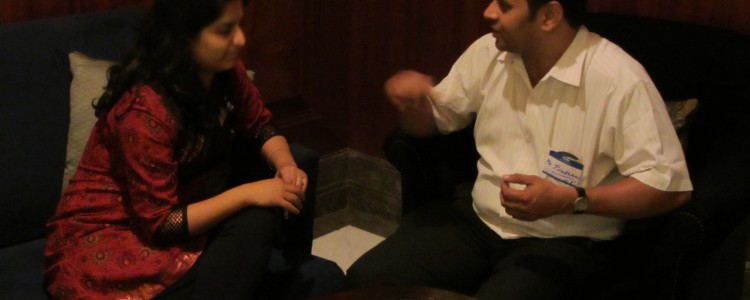
Activity Summary:
This activity encourages students to develop clarity in communicating a technical process to a non-expert audience.
Instructions:
I often use this activity toward the beginning of the Technical Description assignment that follows the Technical Description chapter in Richard Johnson-Sheehan’s Technical Communication Today. This usually comes after I’ve asked students to make a topic map of their technical process or product where they’ve partitioned their topic into stages or features in a diagram or spatial representation.
The reason I use this activity is to make our technical students (engineers, scientists) get comfortable communicating their expertise on the spot and in multiple informal conversations. It’s basically another version of the “elevator pitch” that works to solidify their thinking around the need-to-know information in this particular assignment.
Before we get into this activity, I have the students read an article about Minimum Viable Products or Minimum Usable Design as a way to theorize an approach to crafting the necessary information (and design) of their project. I often use this Paul Scrivens article: http://www.smashingmagazine.com/2012/05/29/mud-minimum-usable-design/
- I have the class number off by twos.
- I have people with the #1 find a desk and turn another empty desk to face them.
- People with the #2 sit at the open desk.
- I then tell one partner to explain their process or object (and their different components) to a partner. They have 1 minute and 30 seconds to do this.
- When the timer is up, the other partner gets 30 seconds to clarify the process with questions or suggestions.
- At this point, the partners switch roles and repeat steps 4-5.
- I repeat these partnerships, swapping students in and out until each person has met with four or five people.
- Following these “speed date” talks, we discuss as a class what we learned from the first sharing session to the last. How did we change our approach in explaining the topic? What kind of information did we learn to leave out? How did the concept of presenting a Minimum Viable Product shape how we crafted our mini presentations of our topic? What did we learn about sharing expert knowledge with a non-expert audience? What interesting things did people learn from your partners?
- This type of thinking moves the students into a more cohesive plan for composing their description and planning for appropriate levels of context and need-to-know information.